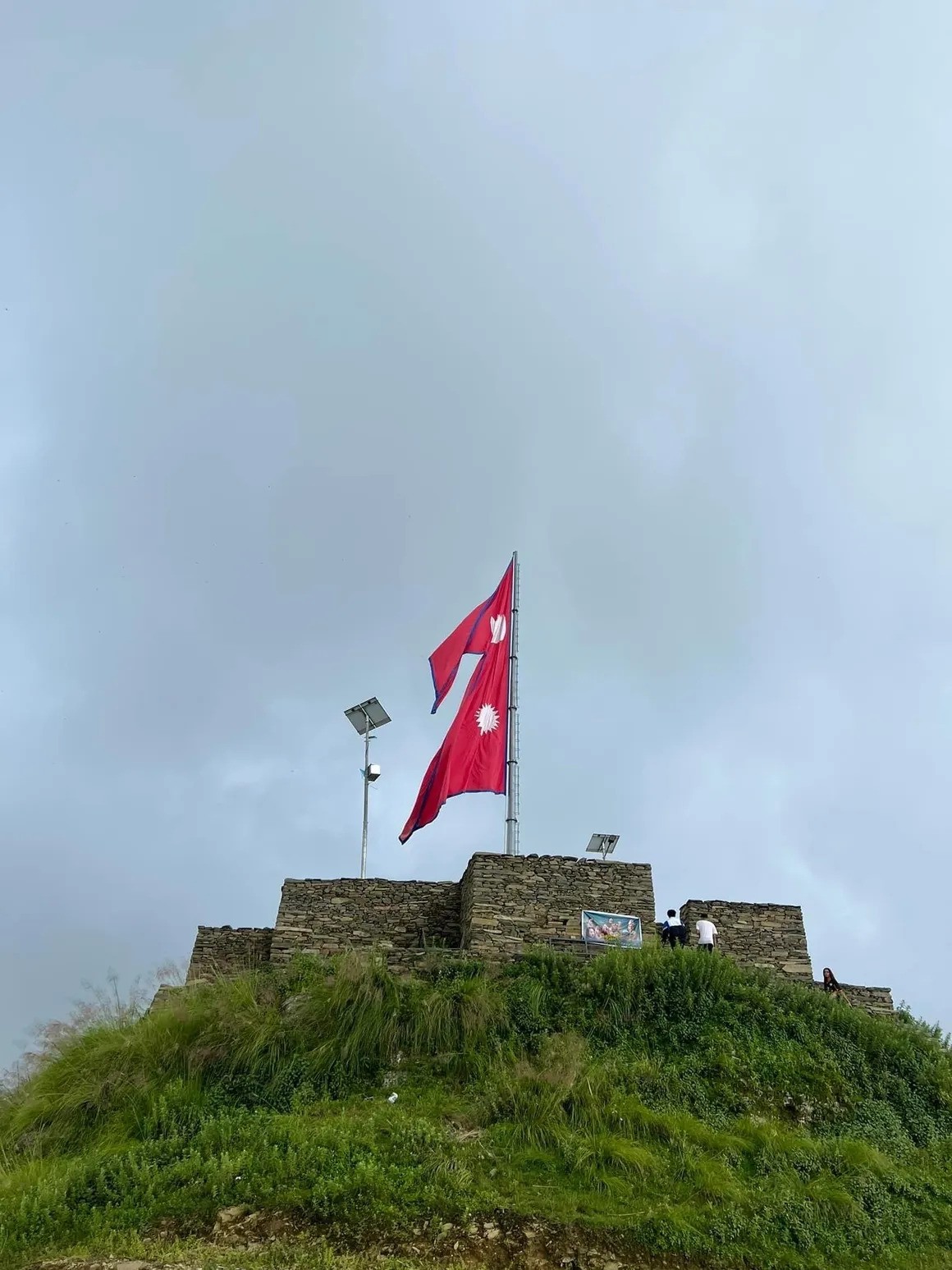Nepal's beauty and hidden agenda of disunity?
Nepal, a land known for its natural beauty and cultural richness, has long been a symbol of unity and harmony, ever since King Prithvi Narayan Shah unified the scattered principalities into a cohesive kingdom in 1768. However, what if the current instability and division within Nepal are not mere consequences of historical evolution but part of a larger, orchestrated strategy to unravel the unity that Shah fought so hard to achieve?
This blog will explore the idea that beneath the complex narrative of political upheaval and change lies an underlying agenda, one that seeks to fragment Nepal, disrupt its harmony, and destabilize the country by targeting the very foundation upon which it was built: its unity.
Nepal's Beauty: A Distraction from the Bigger Picture?
Nepal’s unparalleled beauty, with its towering Himalayas, lush valleys, and diverse cultural tapestry, has long drawn the attention of the world. The nation's scenic landscapes and rich heritage often serve as the image of Nepal presented to outsiders. But, while this beauty captivates, it can also act as a distraction from the deeper, more pressing issues that have been brewing beneath the surface.
The focus on Nepal’s stunning vistas and cultural wealth can overshadow the real struggles that have plagued the nation for decades—struggles that often go unaddressed in the larger international narrative. By constantly showcasing the country as an exotic destination, the world overlooks the deeper forces at play that are pulling Nepal apart from within.
The Legacy of Prithvi Narayan Shah: A Threat to the Agenda of Division
King Prithvi Narayan Shah’s unification of Nepal was a monumental achievement, creating a strong, sovereign nation out of fragmented principalities. His legacy is often invoked as a symbol of national pride and unity. However, for those who seek to destabilize the country, Shah’s legacy represents a threat. His vision of a unified Nepal transcending regional, ethnic, and cultural differences runs counter to the interests of forces—both internal and external—who benefit from division.
Throughout Nepal’s modern history, the legacy of King Prithvi Narayan Shah has been targeted, questioned, and diluted in political discourse. By undermining the narrative of unity that Shah established, these forces aim to weaken the foundation of national identity, making it easier to manipulate and divide the country.
Political Instability: An Engineered Outcome?
The history of political instability in Nepal, from the Rana rule to the Panchayat system and the democratic movements of the late 20th century, can be seen as more than just a natural progression of political change. What if these events were strategically manipulated to erode the unity that King Prithvi Narayan Shah had established?
The Rana era (1846–1951) was a period of autocratic rule that isolated Nepal from the rest of the world and suppressed the political will of the people. This system, which benefited a small elite, kept the country divided and weak. However, the seeds of division were further sown during the Panchayat era (1960–1990), when King Mahendra introduced a partyless system that outlawed political parties, effectively silencing opposition voices and fueling resentment among diverse ethnic and political groups.
These systems did more than just suppress political expression; they gradually eroded the unity that Prithvi Narayan Shah had envisioned. Instead of fostering a sense of collective identity, they encouraged fragmentation along ethnic, cultural, and political lines—paving the way for the internal conflicts and instability that persist today.
The Breakdown of Unity: A Carefully Crafted Outcome?
In modern times, Nepal’s political instability, ethnic tensions, and social divides have grown increasingly pronounced. Some might argue that this division is the natural result of a young democracy grappling with its diverse population. However, others believe that this fragmentation has been deliberately engineered—driven by external forces and internal actors with vested interests in keeping Nepal divided and weak.
The rise of identity politics, the growing calls for ethnic federalism, and the ongoing struggle for equitable resource distribution have all contributed to the breakdown of unity. These issues are exacerbated by political leaders who often seem more focused on personal gain than on fostering national cohesion. As a result, Nepal finds itself in a state of perpetual instability, unable to fully realize the vision of unity and harmony that Prithvi Narayan Shah once championed.
It is not hard to see how such disunity benefits external forces that may seek to exploit Nepal’s strategic location between two global powers, China and India. A divided and unstable Nepal is easier to influence, control, and manipulate in the larger geopolitical game. At the same time, internal political factions exploit this division to consolidate their own power, further weakening the nation’s sense of collective identity.
Nepal’s Path Forward: Reclaiming Unity Amidst Fragmentation
The current state of Nepal is a far cry from the unified kingdom that Prithvi Narayan Shah envisioned centuries ago. Political turmoil, social unrest, and ethnic tensions threaten to tear apart the very fabric of the nation. But recognizing the forces at play is the first step toward reclaiming the unity that has been deliberately fractured over the years.
The beauty of Nepal is not just in its landscapes or its diverse cultures—it lies in the resilience and strength of its people. In a world where division is increasingly seen as a tool for control, it is more important than ever for Nepalis to come together and embrace their shared history, their shared struggles, and their shared future.
As Nepal reflects on its past and charts a course for the future, it must confront the hidden agenda that seeks to undermine its unity. By reviving the legacy of Prithvi Narayan Shah and embracing a narrative of inclusivity and national pride, the country can overcome the forces of division and build a more cohesive, stable future.
Conclusion: Unmasking the Hidden Story
The story of Nepal’s political evolution is not just one of natural progression—it is a carefully scripted narrative where the beauty of the land, the legacy of its kings, and the unity of its people have been used as tools in a larger agenda of disunity and instability. As Nepal grapples with the challenges of the present, it must recognize this hidden narrative and work to rebuild the unity and harmony that Prithvi Narayan Shah established.
Only by confronting these unseen forces can Nepal hope to move beyond its current state of fragmentation and reclaim the unified, resilient identity that has sustained it for centuries.
Please login to leave a comment.


 Rakesh Rajbhat
Rakesh Rajbhat




